Ryan Howard’s Philadelphia legacy stretches further than the field
Listen-

-
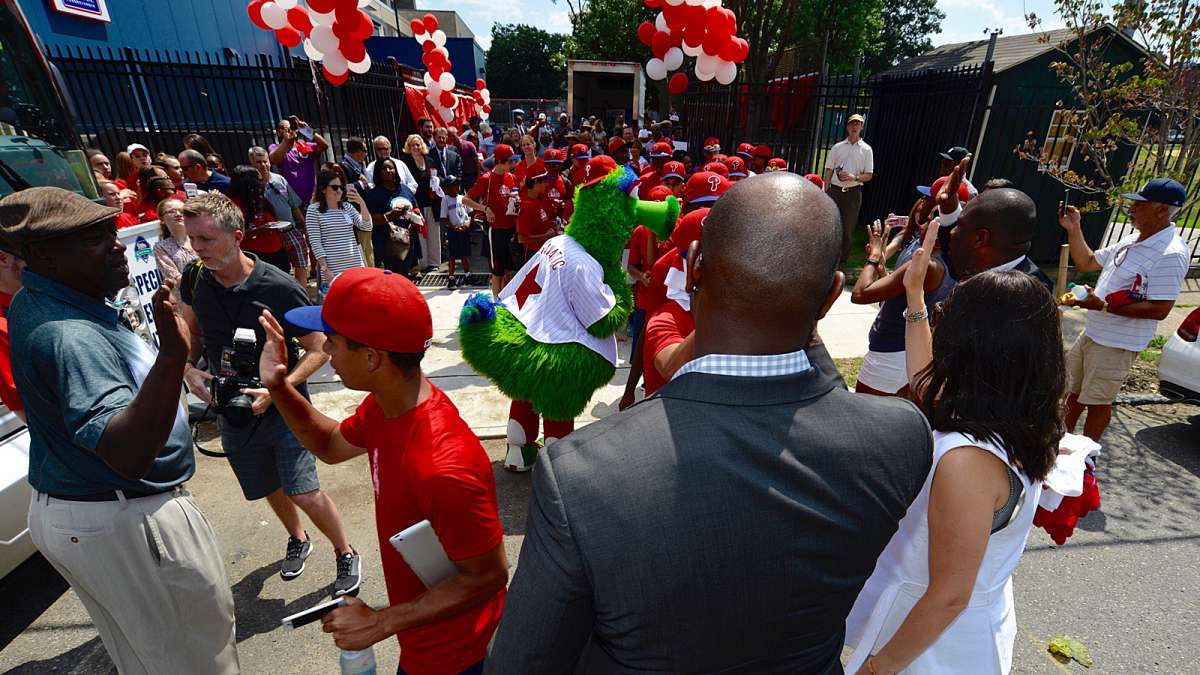
-
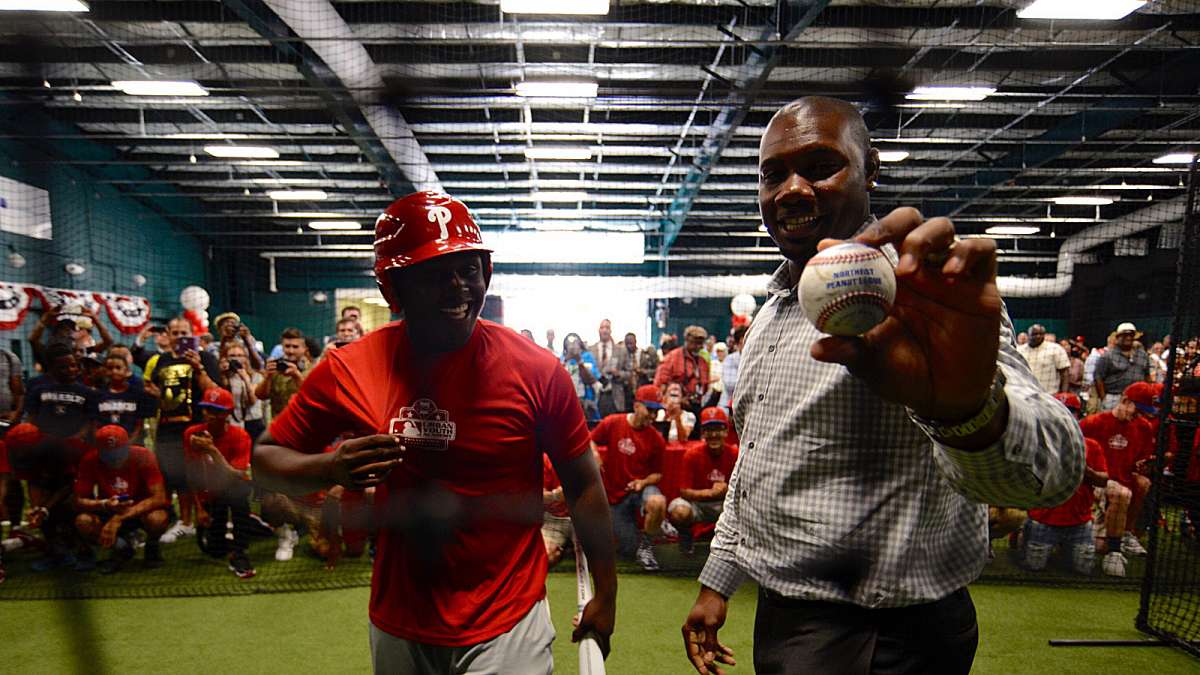
-
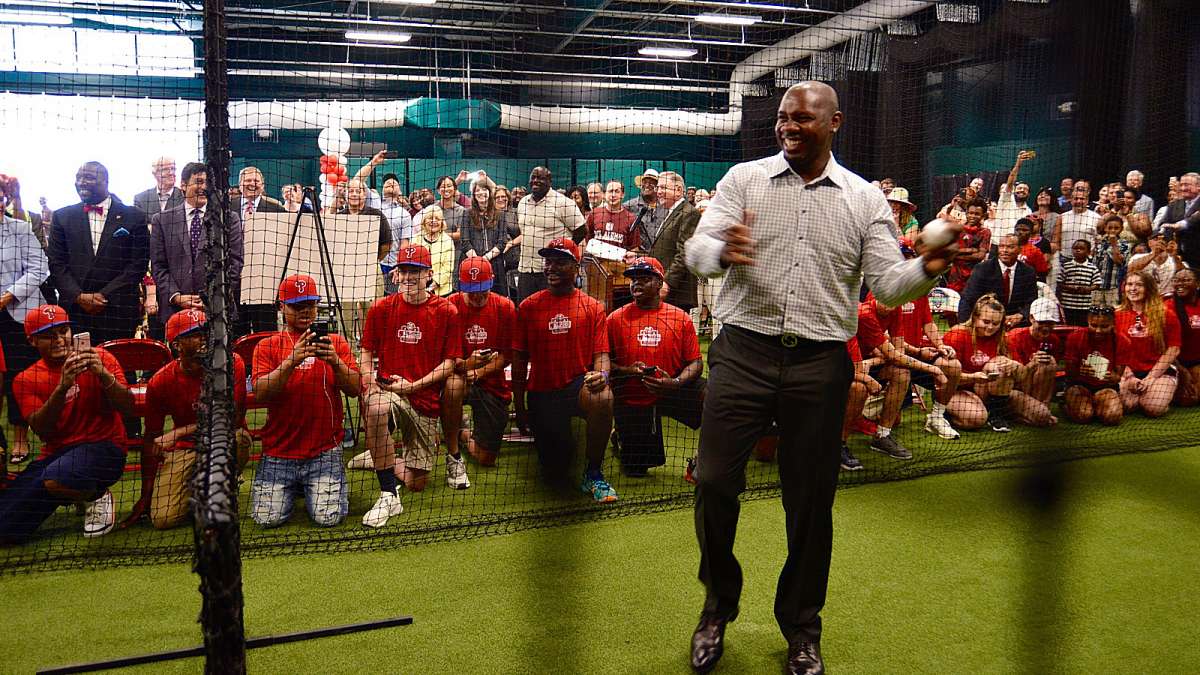
Ryan Howard throws a pitch during the unveiling of the Ryan Howard Training Center on July 20
-

-
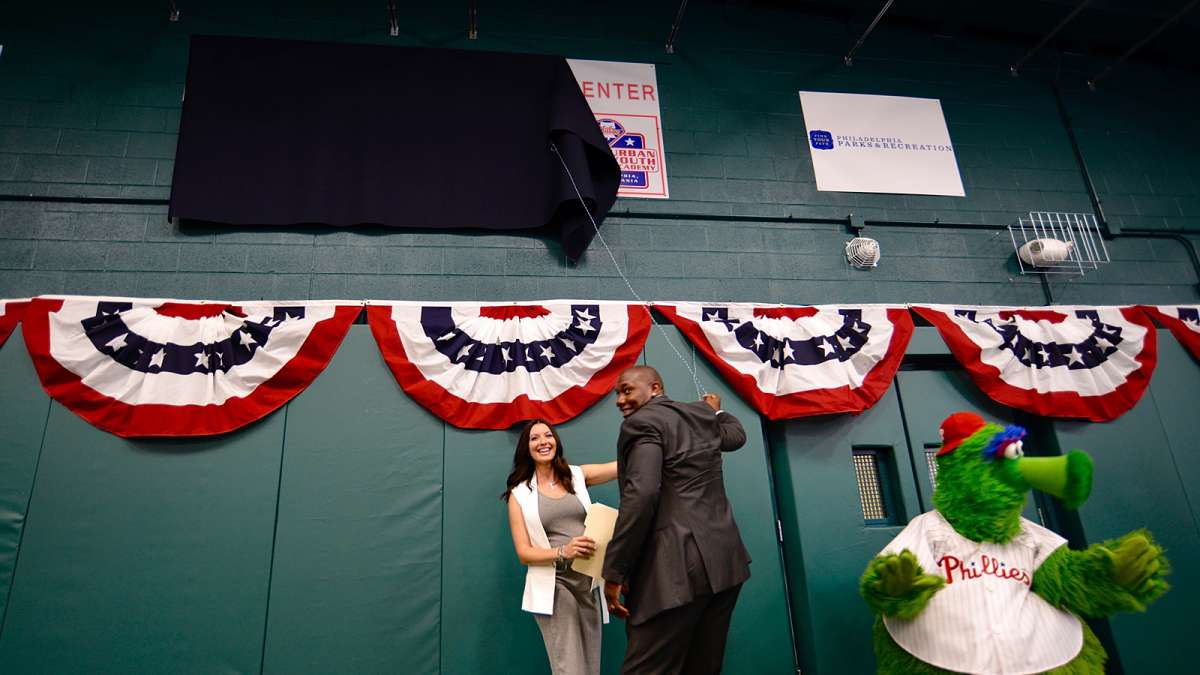
-
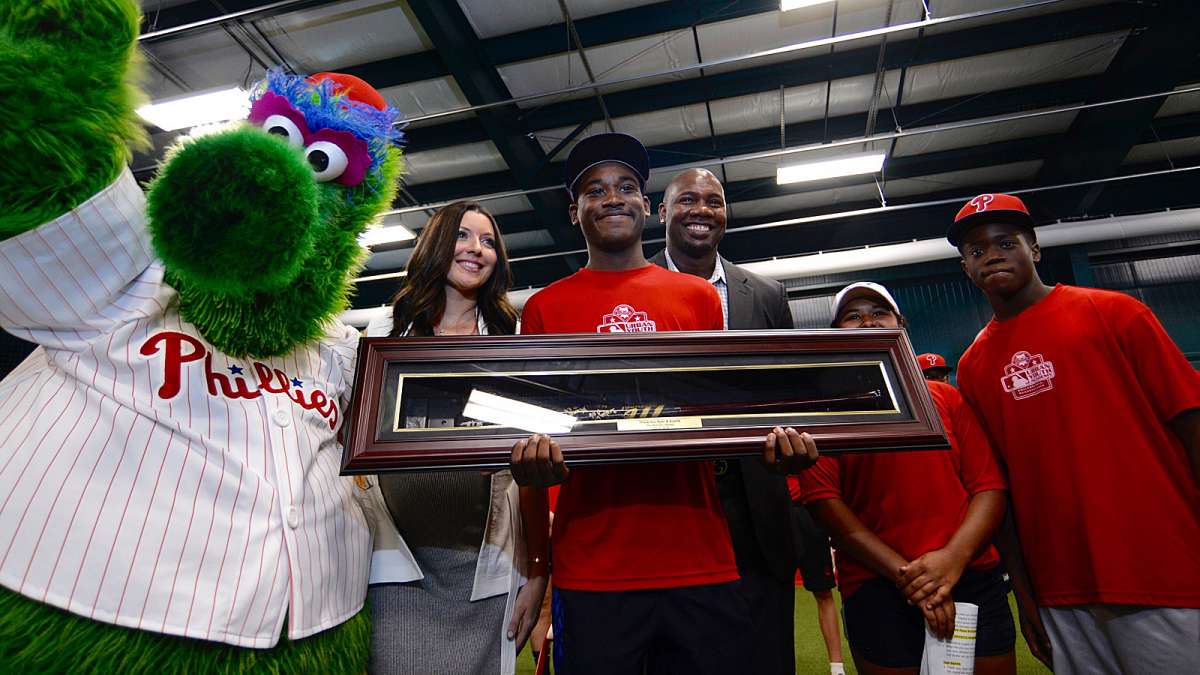
-
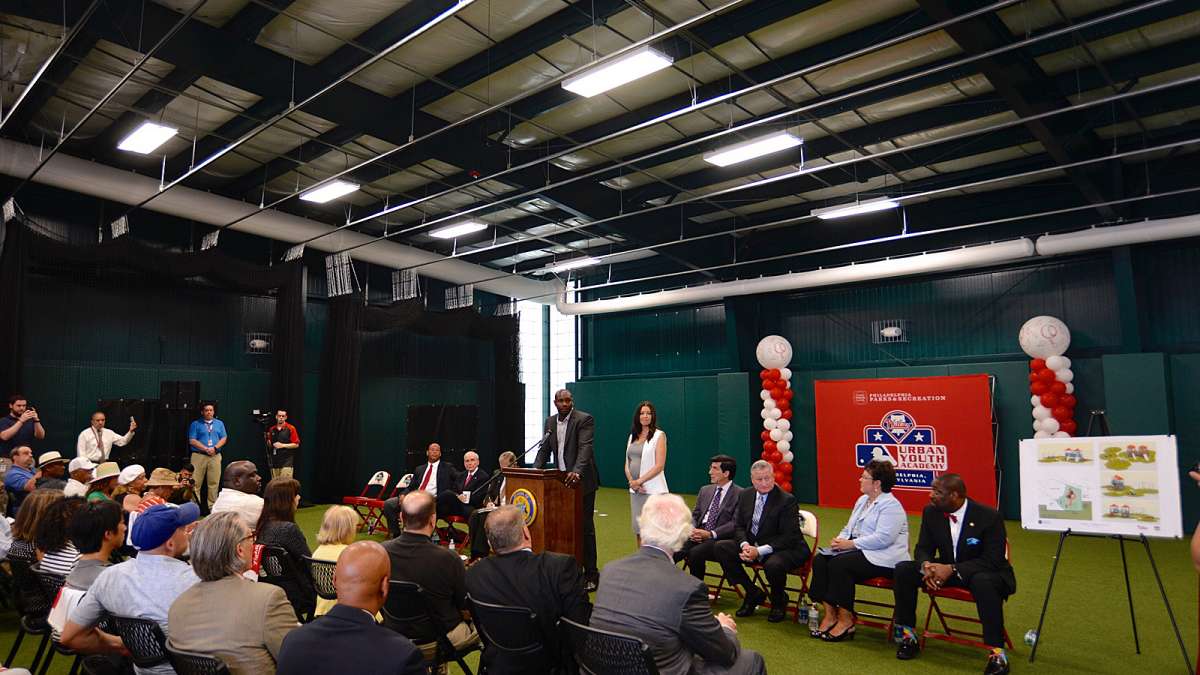
-

-
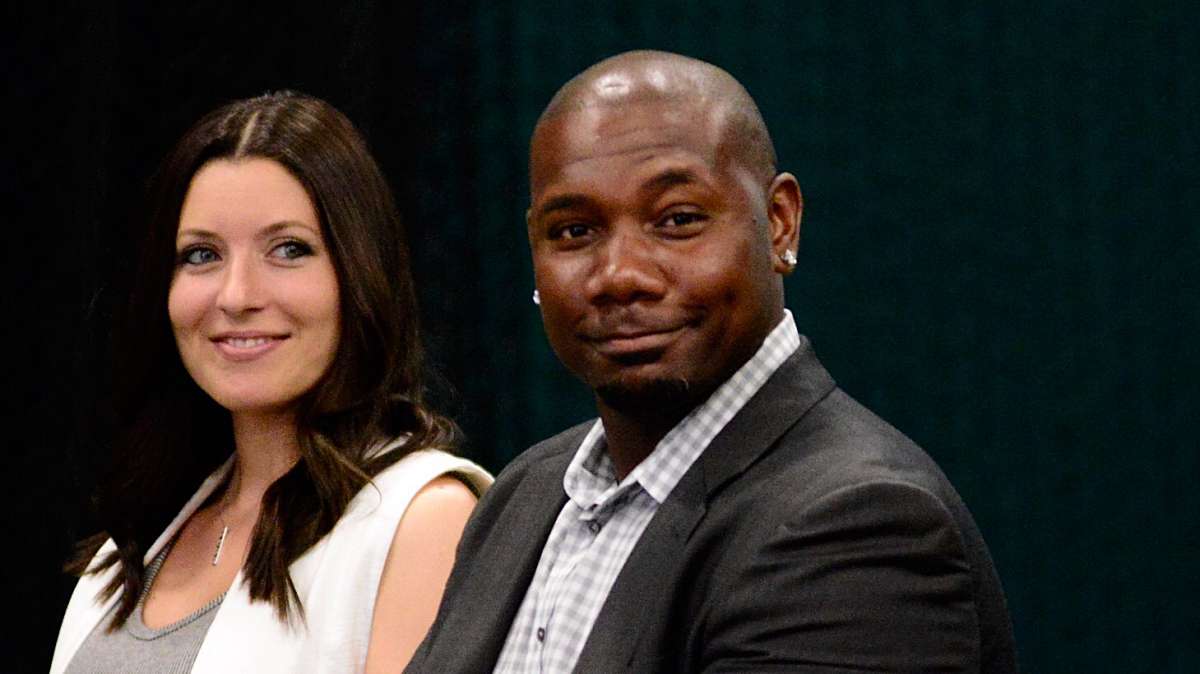
-
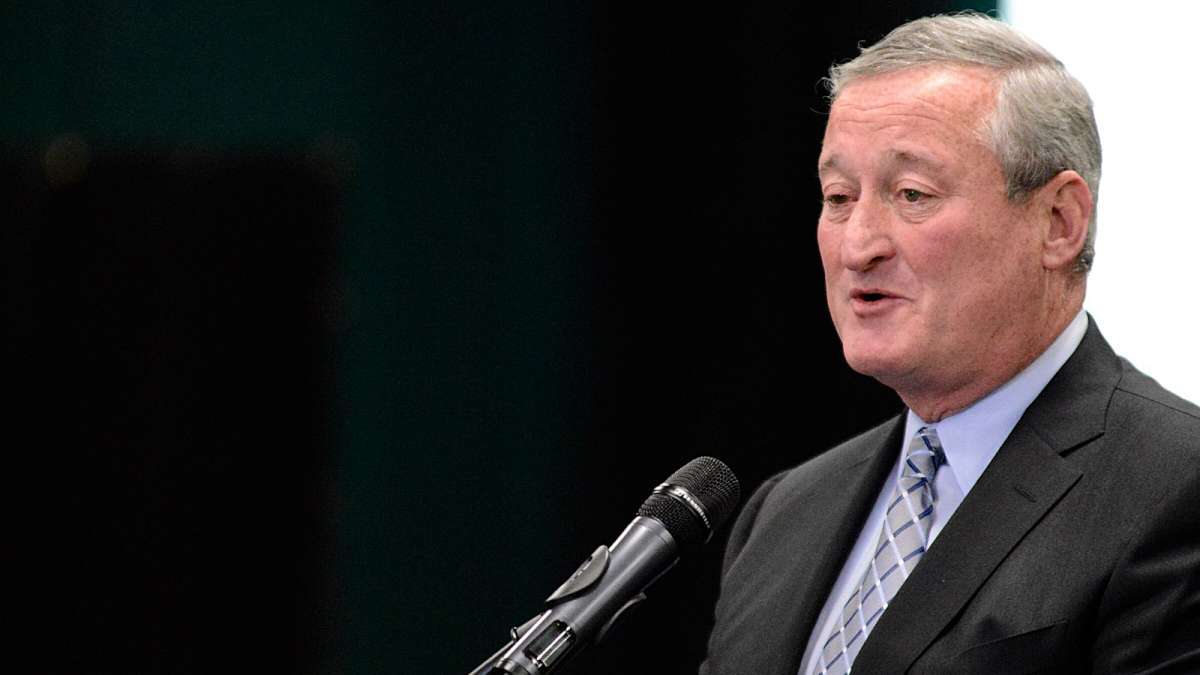
-

-

Ryan Howard, the lone remaining player from the Phillies 2008 World Series winners, likely played his final game for the Phillies on Sunday. The city and the team showed its brotherly love for the man affectionately called the “Big Piece.”
“I want to thank you because I’ve grown with all of you,” a tearful Howard, 36, said during a pregame speech with his wife Crystal and his son Darian in attendance. “My family has grown with all of you.”
After 12 seasons, Howard’s contract option for 2017 will not be picked up. The Phillies will reportedly pay him $10 million to buy out his contract and he’ll become a free agent, effectively ending his tenure with the team.
Howard, the 2005 National League Rookie of the Year, was one of the offensive focal points of the mid-2000s Phillies, along with Chase Utley, Carlos Ruiz, Pat Burrell, and Jimmy Rollins.
Howard’s best overall season was 2006, when he hit 58 home runs — smashing Mike Schmidt’s franchise record of 48 set in 1980 — and was named National League MVP. Just two years later, Howard hit 46 homers to help lead the Phillies to their second ever World Series win.
While Howard’s impact on the field will be forever remembered in Philadelphia, it’s his off the field work that might be his true legacy in the city.
On July 20, The Ryan Howard Training Center was officially unveiled at South Philadelphia’s Marian Anderson Recreation Center in conjunction with the city, the Phillies, and Major League Baseball.
“You know my grandmother taught me as a young man that an idle mind is the devil’s workshop,” City Councilman Kenyatta Johnson said that day. Johnson says his office worked with the Phillies and MLB to secure $350,000 to help build the center.
The Training Center is to help support the Phillies R-B-I program, which is geared to help re-grow baseball in the inner cities — particularly with African-American kids.
“This facility will allow the young people that participate in the Phillies’ RBI team the opportunity to get involved in something that’s positive and hopefully we’ll have the next Ryan Howard or the next Jackie Robinson,” Johnson added. “Anytime we can invest in our young people on the front end, that’s less money we have to spend on prisons.
Howard grew up in St. Louis during the 1980s and 90s idolizing African-American superstars such as Ozzie Smith, Ken Griffey Jr., Barry Bonds, and the late Tony Gwynn. Currently, however, the percentage of black players in MLB is at an all-time low at just eight percent with a number of teams having either one or no African-American players.
There are currently just two African-American managers in MLB: Washington’s Dusty Baker and Dave Roberts of the Los Angeles Dodgers. There are also only two black general managers in MLB: Arizona’s Dave Stewart and Miami’s Michael Hill.
Of those four men, three of them — Baker, Stewart, and Roberts — are former players. Baseball’s popularity in the black community peaked during the 1970s and 80s when nearly a quarter of the league’s players were African-American.
The sport’s popularity has waned thanks in large part to the popularity of basketball and football, but also due to the baseball often being seen as too expensive a sport to play due to the equipment, training, and travel needs making it inaccessible to poorer communities.
“For me, it’s always been about trying to provide that opportunity,” Howard, who also played basketball growing up, said on July 20. “I remember when I was their age and some of the batting cages that I hit in and what not weren’t the best type of situations.
“So, I mean it’s just being able to try to provide that opportunity for them to have a good place to come and try to work out,” he added. “We’ve gotta get baseball everywhere. This is just one stop and hopefully we’re trying to create a few of these to where we can have them all across Philadelphia and all over the United States.”
WHYY is your source for fact-based, in-depth journalism and information. As a nonprofit organization, we rely on financial support from readers like you. Please give today.

